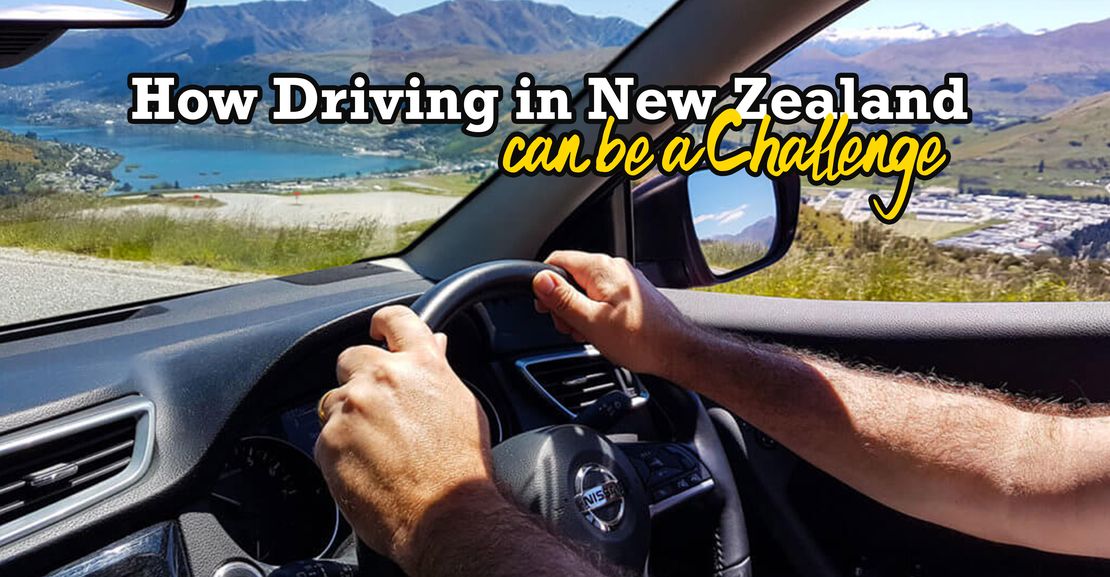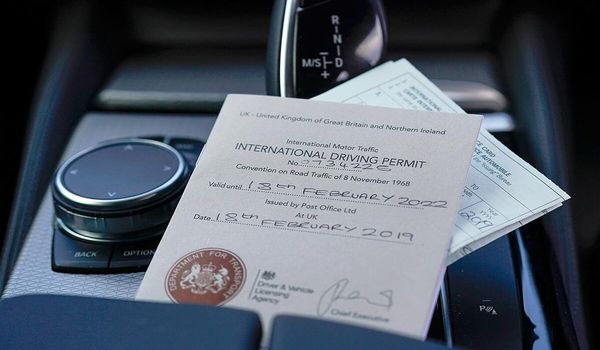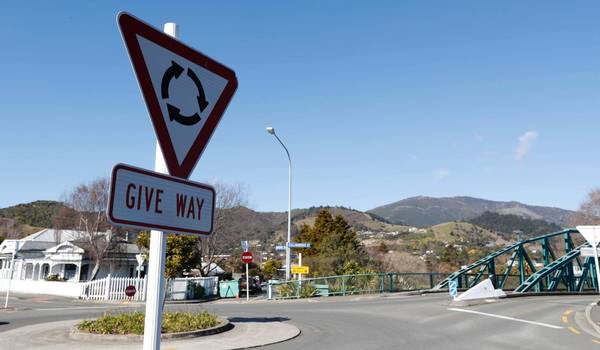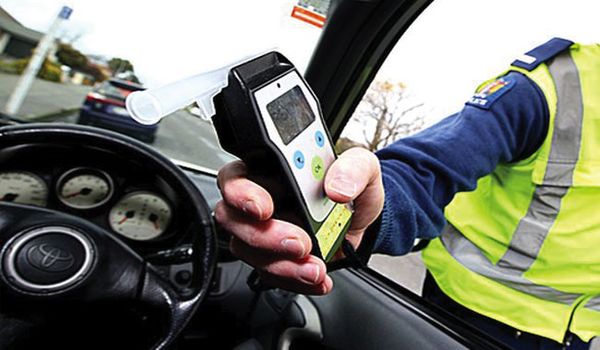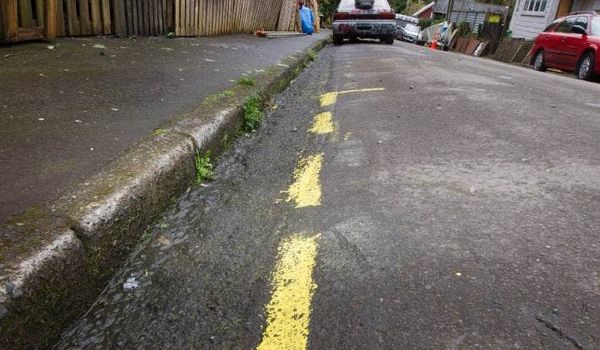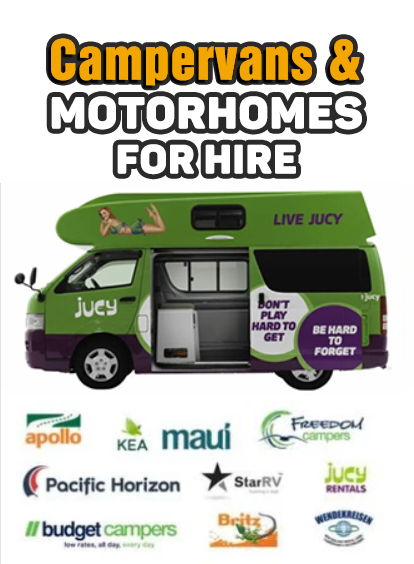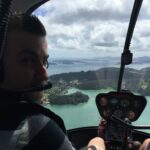✅ Last Update: May 31, 2024 @ 3:57 pm
🚙 Introduction to Driving in New Zealand
New Zealand is a long way from anywhere, meaning that after a flight across an ocean, the resultant jet lag compounds the difficulties of coming to grips with an unfamiliar country’s road rules.
Suppose you believe the promotional images (and you should). In that case, New Zealand is full of spectacular scenery, and unless you are from the minority of countries that drive on the left, everything about driving in New Zealand will be backward.
1. Measurements and Limits for Driving in New Zealand
Driving on New Zealand’s roads smoothly requires adapting to the metric system. Speed signs indicate kilometers per hour (km/h), and distances are measured in kilometers.
While car speedometers may display miles per hour (mph) and km/h, it’s essential to grasp metric units for clarity.
For those accustomed to imperial measurements, a quick rule of thumb is roughly 30 mph (about 50 km/h) for urban areas and 60 mph (around 100 km/h) for open roads.
Speed limits are standard, marked by a red circle with a black number on a white center. Urban and open road speed limits are typically 30 km/h and 100 km/h, respectively. Additional speed limits follow the same pattern.
Allowances for exceeding speed limits are generally +9 km/h, except during special occasions when this tolerance may decrease to +4 km/h. Notably, a 20 km/h limit applies near school buses during pick-up or drop-off, with severe penalties for significant violations.
In road work zones, the standard speed limit is 30 km/h, except on motorways, where it is 80 km/h.
Yellow signs with speed markings indicate advisory speeds for corners or road deviations in dry weather. Exercise extra caution in wet conditions.
Advisory speeds typically end in 5, while regular speed limits conclude in 0. Familiarizing yourself with these regulations ensures a safe and compliant driving experience in New Zealand.
🚦 Regarding this ”challenge”, we have written an article about it: 12 Essential Rules for Driving in New Zealand
2. When Driving in New Zealand, Be Cautious With Animals On The Road
With more cows and sheep than people, you will likely come across livestock on the road, either escaping from paddocks or being moved by a farmer from one paddock to another.
Watch out for mud on the road as a tell-tale sign and for signs like these, which indicate common areas where livestock are moved. Take care and follow the farmer’s directions.
Note that cows and sheep will often run straight down the road if you chase them rather than running off the road, especially at night.
If you come across livestock on the road at night, turn your main beam headlights off, so the livestock can see an escape route, then drive forward slowly.
3. Documentation for Driving in New Zealand
Ensure you always have your driver’s license on hand while driving. You can go for 12 months from your arrival date on a valid full overseas license.
However, if your license is provisional, restricted, or a learner’s permit, you must be accompanied by someone with a full New Zealand license for at least two years.
For non-English licenses, carry an authorized English translation with you. Stay compliant and drive confidently in New Zealand.
4. Intersections You Will Dind While You Drive in New Zealand
Navigating New Zealand’s roads involves clear give-way rules at intersections and roundabouts, providing greater clarity than many international counterparts.
- At a give-way sign, yield to vehicles from the right to left and those approaching straight towards you (if turning right).
- Come to a complete stop at a stop sign before applying the give-way rules outlined above.
- No free turns on a red traffic light – wait for a green arrow or green light, adhering to the give-way rules. Indicate your direction, even in a left-turn-only lane.
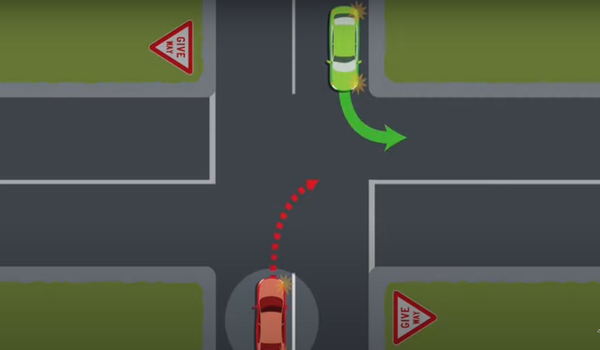
5. The Roundabouts
If you turn left, signal left as you approach the roundabout in the left-hand lane.
If you are going straight through, approach the roundabout in any lane with a straight arrow without indicating, then as you pass the exit just before the one you want to take, mean left.
If you turn right, approach the roundabout in the right-hand lane while indicating directly. Indicate left just after you pass the exit before the one you want to take, and then exit the roundabout.
6. Be Cautious With Distractions
There will be plenty of scenic distractions, and we will even let you carry children in the car, but one distraction you are not allowed to use is a hand-held cell phone.
If you want to use a phone, ensure you use a hands-free kit, or you will be fined.
7. Alcohol, Drugs, and Safety
As of March 2024, the legal limit for alcohol is 50 mg per 100ml of blood or 0.05% for drivers aged 20 and over; it’s a zero limit for drivers under 20.
There is zero tolerance for illegal drug use behind the wheel, and some prescription drugs are also prohibited – check with your doctor before bringing them to New Zealand.
You must always wear your seatbelt in the car, and children aged 0-6 must be in an approved seat. You can get these from the rental car company.
8. The Daily Parking Task
New Zealand parking markings differ from the UK, Australia, and the USA. If you see a broken yellow line on the side of the road, this means no parking at any time.
You’ll also see these around bus stops to remind you not to park there. If you know a clearway sign, it will have times when you are not allowed to park. If you do, you will be towed.
🚙 If you’re planning to park regularly in a big city like Auckland, we recommend you to check the following article: Where to Park your Car or Campervan in Auckland?
9. Courtesy While Driving in New Zealand
Emphasizing courtesy is paramount on New Zealand’s roads, particularly given the narrow and winding nature of many routes, often with limited passing opportunities.
If you find yourself on a picturesque ‘tiki tour’— a term for a leisurely countryside exploration—maintain a leftward position and pull over regularly to allow other drivers to pass.
Cultivating consideration enhances the collective road experience amid the scenic beauty.




